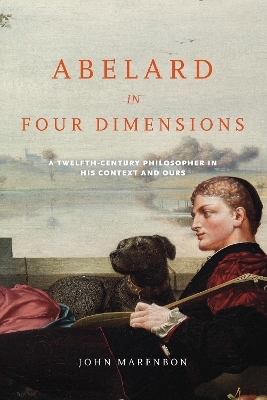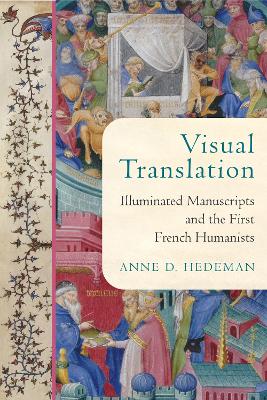Conway Lectures in Medieval Studies
3 total works
Abelard in Four Dimensions: A Twelfth-Century Philosopher in His Context and Ours by John Marenbon, one of the leading scholars of medieval philosophy and a specialist on Abelard's thought, originated from a set of lectures in the distinguished Conway Lectures in Medieval Studies series and provides new interpretations of central areas of Peter Abelard's philosophy and its influence. The four dimensions of Abelard to which the title refers are that of the past (Abelard's predecessors), present (his works in context), future (the influence of his thinking up to the seventeenth century), and the present-day philosophical culture in which Abelard's works are still discussed and his arguments debated.
For readers new to Abelard, this book provides an introduction to his life and works along with discussion of his central ideas in semantics, ethics, metaphysics, and philosophy of religion. For specialists, the book contains new arguments about the authenticity and chronology of Abelard's logical work, fresh evidence about his relations with Anselm and Hugh of St. Victor, a new understanding of how he combines the necessity of divine action with human freedom, and reinterpretations of important passages in which he discusses semantics and metaphysics. For all historians of philosophy, it sets out and illustrates a new methodological approach, which can be used for any thinker in any period and will help to overcome the divisions between "historians" based in philosophy departments and scholars with historical or philological training.
Visual Translation breaks new ground in the study of French manuscripts, contributing to the fields of French humanism, textual translation, and the reception of the classical tradition in the first half of the fifteenth century.
While the prominence and quality of illustrations in French manuscripts have attracted attention, their images have rarely been studied systematically as components of humanist translation. Anne D. Hedeman fills this gap by studying the humanist book production closely supervised by Laurent de Premierfait and Jean Lebegue for courtly Parisian audiences in the first half of the fifteenth century.
Hedeman explores how visual translation works in a series of unusually densely illuminated manuscripts associated with Laurent and Lebegue circa 1404-54. These manuscripts cover both Latin texts, such as Statius's Thebiad and Achilleid, Terence's Comedies, and Sallust's Conspiracy of Cataline and Jurguthine War, and French translations of Cicero's De senectute, Boccaccio's De casibus virorum illustrium and Decameron, and Bruni's De bello Punico primo. Illuminations constitute a significant part of these manuscripts' textual apparatus, which helped shape access to and interpretation of the texts for a French audience. Hedeman considers them as a group and reveals Laurent's and Lebegue's growing understanding of visual rhetoric and its ability to visually translate texts originating in a culture removed in time or geography for medieval readers who sought to understand them. The book discusses what happens when the visual cycles so carefully devised in collaboration with libraries and artists by Laurent and Lebegue escaped their control in a process of normalization. With over 180 color images, this major reference book will appeal to students and scholars of French, comparative literature, art history, history of the book, and translation studies.
In The Etiquette of Early Northern Verse, Roberta Frank peers into the northern poet's workshop, eavesdropping as Old English and Old Norse verse reveal their craft secrets.
This book places two vernacular poetries of the long Viking Age into conversation, revealing their membership in a single community of taste, a traditional stylistic ecology that did serious political and historical work. Each chapter seeks the codes of a now-extinct verse technique. The first explores the underlying architecture of the two poetries, their irregularities of pace, startling formal conventions, and tight verbal detail work. The passage of time has worn away most of the circumstantial details that literary scholars in later periods take for granted, but the public relations savvy and aural and syntactic signals of early northern verse remain to some extent retrievable and relatable, an etiquette prized and presumably understood by its audiences. The second and longest chapter investigates the techniques used by early northern poets to retrieve and organize the symmetries of language. It illustrates how supererogatory alliteration and rhyme functioned as aural punctuation, marking off structural units and highlighting key moments in the texts. The third and final chapter describes the extent to which both corpora reveled in negations, litotes, indirection, and down-toners, modes that forced audiences to read between half-lines, to hear what was not said. By decluttering and stripping away excess, by drawing words through a tight mesh of meter, alliteration, and rhyme, the early northern poet filtered out dross and stitched together a poetics of stark contrasts and forebodings. Poets and lovers of poetry of all periods and places will find much to enjoy here. So will students in Old English and Old Norse courses.


